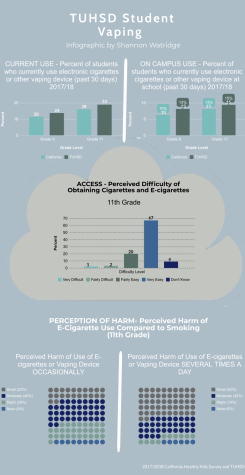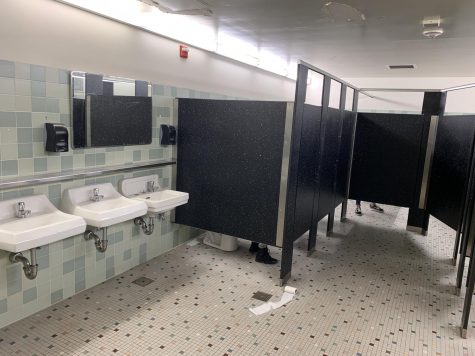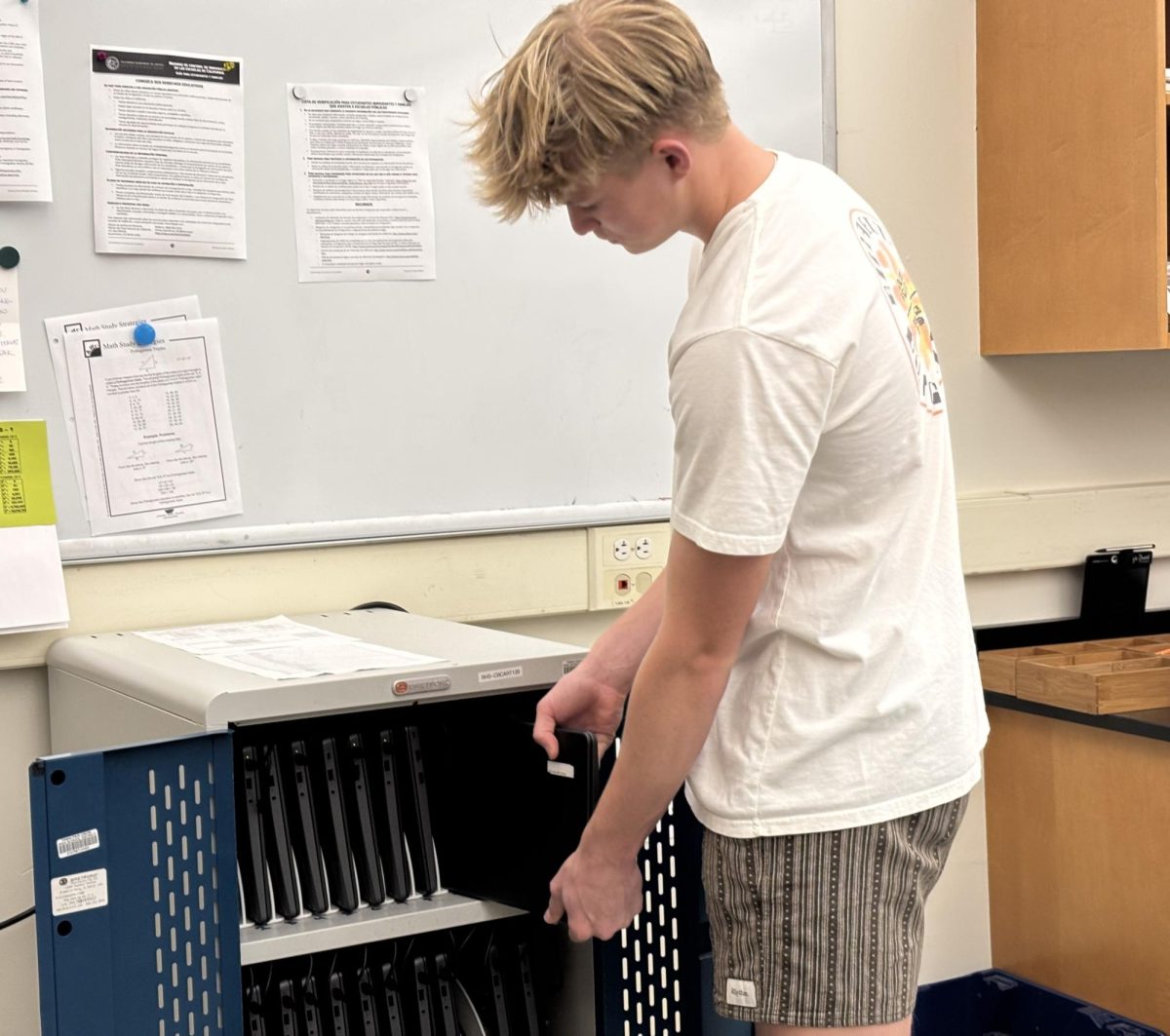
The Department of Justice recently awarded the Marin County Police Authority a grant to purchase vape detectors, prompting the Tamalpais Union High School District (TUHSD) to request 83 detectors for the five school sites.
Wes Cedros, TUHSD’s Senior Director of Student Services, announced in a board meeting on Nov. 19 that the district is waiting for the “second generation” of vape detectors before they order the detectors, each $1000, since defects had been detected in previous vape detectors, such as false-positive indications. Students were also easily able to tamper with the devices using products such as aerosol, which prevent them from detecting chemicals.
At the board meeting, Mill Valley resident and veterinarian Larisa Tempero proposed that the district use trained scent dogs to detect vape chemicals on school campuses. Tempero earned 500 signatures in support of this proposal. Cedros responded to this proposition by stating that there are legal issues regarding individual rights. He also commented on the detrimental impact scent dogs on campus could have on the districtwide therapy dog programs, as students would be more wary of the animals, which would undermine the entire program.
Jon Hirsch, teacher and Tobacco Use Prevention Education (TUPE) administrator, commented on the controversial nature of the devices, especially because they transgress what students perceive as their freedom to make their own choices.
“The vape detectors that our district administration has decided to implement are meant to look out for students’ safety in the best way they can by creating this policy,” Hirsch said. “If I were a student, I probably wouldn’t like it just because of the infringement on my freedom, even if I weren’t vaping, but that doesn’t mean it’s wrong.”

Wes Cedros, Senior Director of Student Services, updates the TUHSD Board on student vaping throughout the district, including information about the vape detectors.
The devices detect traces of chemicals unique to vapes and alert designated administration and staff via their smartphone with the location of the incident. Instead of suspension, a student guilty of vaping will be required to attend Redwood’s “alternative to prevention” program. This includes confidential meetings with Hirsch and education on the impacts and dangers of vaping.
Lauren Halsey, a senior and member of TUPE, questioned the effectiveness of the vape detectors, as she is a proponent of peer education regarding substance use.
“I honestly think people are just going to vape elsewhere,” Halsey said. “Our whole organization is built on giving people the facts and telling people what they should know about it before making their own decisions. While these vape detectors are a good thing, I feel like our main goal should be to enrich people’s knowledge about vaping specifically.”
Marin County has demonstrated slightly higher rates of teen vaping than the state average. According to a 2017/2018 TUHSD and California Healthy Kids Survey, 13 percent of eleventh graders around the state used vaping devices at school while 15 percent of TUHSD eleventh graders used vaping devices at school.

Administration plans to install vape detectors in bathrooms once the district orders the up-to-date devices.
Principal David Sondheim understands that, while many students may be unhappy with the new policy, the administration knows student health will ultimately benefit from the policy.
“My hope is that it will reduce vaping on campus in certain locations that are hard to prevent and that that will hopefully lead to reduced use overall,” Sondheim said. “I am deeply concerned about vaping use among high school students and anything we can do to reduce that would be fantastic.”
Hirsch is also aware of the district’s commitment to using all means possible to prevent further damage to students’ health.
“[TUPE] supports the administration’s attempts to make our student body safe and healthy. The more we learn about secondhand smoke and secondhand aerosol from vapes, the more we understand that it has problems too. So it’s not just doing it in the bathroom but being in the bathroom with someone doing it that can be harmful,” Hirsch said.
The district will announce when the devices will be installed as soon as they order the new vape detectors.






